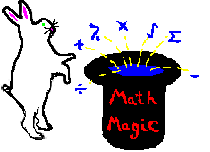

A. Usually when dealing with colored balls, we are only going to be working with 2 different colors.
B. Like working with cards, many times a question will use the phrase "with replacement" to mean the balls are replaced before drawing a different ball. If no phrase is specified, it is assumed to be "without replacement".
1. Problems of this type are usually fairly easy if you understand the concept of probability. The numerator is the number of desirable possibilities while the denominator is all possibilities.
Ex [1] 2 Balls are drawn from an urn containing 5 red balls and 7 white balls. What is the probability they are both white?
In the 1st draw, we have a probability of 7/12, because we have 7 possibilities and there are a total of 12 balls.
In the 2nd draw, we have a probability of 6/11, because we now have 6 possibilities and there are now 12-1 balls or 11 balls, since one white ball was taken out.
To find the answer we need to multiply: 7/12 x 6/11 = 7/2 x 1/11 = 7/22.
The answer is 7/22.
Ex [2] An urn contains 10 red and x white balls. If the probability of drawing a white ball is x/24, then x = ?
The numerator has to be the number of white balls which is what we are looking for. So if we find the number of white balls, we will have the answer. So let's look at the denominator.
The denominator is all outcomes. In other words all the balls. If we have 10 red balls, then we have 24-10 white balls or 14.
The answer is 14.